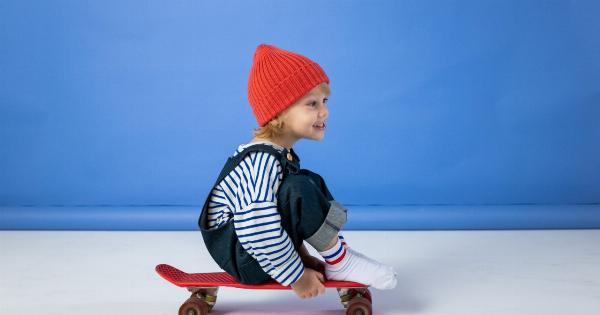Generational trauma, also known as historical trauma, refers to the emotional and psychological wounds that are passed down from one generation to another.
This can manifest in the form of cultural disconnection, unresolved grief, and a lack of self-worth. While generational trauma can impact individuals of all ages and backgrounds, it can be particularly damaging to babies and young children who are still developing their sense of self and their understanding of the world around them.
The Science Behind Generational Trauma
Research has shown that trauma can actually alter a person’s DNA, which means that the effects of trauma can be passed down through generations.
Specifically, trauma can impact the way that genes which regulate the stress response are expressed, leading to increased levels of stress hormones and a heightened sensitivity to stress. This can have a domino effect, as the stress response can impact many other systems in the body, including the immune system, the digestive system, and the cardiovascular system.
The Impact of Generational Trauma on Babies
For babies, the impact of generational trauma can be profound. Babies are born with an innate need for safety, warmth, and connection, which is why they rely so heavily on their caregivers.
When a baby is born into a family that has a history of trauma, however, that need for safety and connection can be compromised. Babies who are exposed to high levels of stress and trauma may have difficulty regulating their emotions and responding to the world around them in a healthy way. They may also struggle with attachment and relationship-building.
The Signs of Trauma in Babies
It can be easy for parents and caregivers to overlook the signs of trauma in babies, as they may present differently than in older children or adults. Some common signs of trauma in babies include:.
- Excessive crying, even when their basic needs (such as hunger or a clean diaper) have been met
- Sleep disturbances, including frequent waking or difficulty falling asleep
- Difficulty with feeding, including fussiness or difficulty latching during breastfeeding
- Physical tension, such as clenched fists or a rigid body
- Decreased responsiveness or engagement with the environment
How to Address Generational Trauma in Babies
Addressing generational trauma in babies requires a multi-faceted approach. Some strategies that can be helpful include:.
- Paying close attention to a baby’s cues and needs, and responding in a consistent and nurturing way
- Bonding with the baby through skin-to-skin contact, eye contact, and soothing touch
- Easing the baby’s transition into the world by providing a calm and predictable environment
- Encouraging healthy attachment by allowing the baby to explore their environment in a safe way
- Seeking support from a healthcare provider or mental health professional to address any underlying trauma
The Importance of Breaking the Cycle of Generational Trauma
Breaking the cycle of generational trauma is incredibly important, both for individuals and for society as a whole. When trauma is unresolved, it can impact not only the person who experienced it, but their children and grandchildren as well.
This can perpetuate cycles of pain, disconnection, and dysfunction. By addressing trauma head-on and seeking support, individuals can begin to heal and create a healthier and more positive legacy for future generations.
Conclusion
Generational trauma can have a profound impact on babies, who are still developing their sense of self and their relationship to the world around them.
It is important for parents and caregivers to be aware of the signs of trauma in babies and to take steps to address it. Breaking the cycle of generational trauma is a critical step in creating a healthier and more connected society for future generations.





























